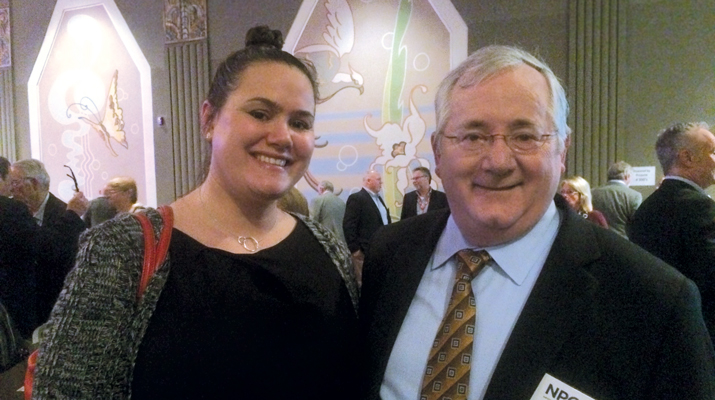Can the propane industry reach its full potential?
The table has been set to reverse the propane industry’s 15-year gallon slide.
Consider the following: lower propane prices should create competitive advantages against electricity and other fuels for the foreseeable future; the climate change movement puts propane in the spotlight as a viable solution for policymakers and clean energy advocates; lifting the Propane Education & Research Council’s (PERC) consumer education restriction opens the door to promote propane’s benefits to new markets; and propane’s clean, versatile and efficient brand fits the demands of today’s energy consumer.
All that is great news, but we cannot expect new customers and markets for propane to come to us – we must go to them. Is the propane industry ready to develop these new markets and counter the challenge from propane’s competitors?
Here are five questions that will determine whether we achieve our growth potential:
1. Propane marketer engagement in organic growth. Gallon growth requires new customers, burner tips or spark plugs. This may be the industry’s most significant growth barrier, and too few propane marketers are engaged in organic growth. To overcome this barrier, propane marketers must shift from being operationally focused with a cannibalizing growth strategy of taking the competition’s customers to instead making their priority selling propane’s benefits and applications. Propane marketers must become more retail-like by upgrading the appearance of their facilities and focusing on customer service. Will propane marketers become engaged in the organic growth of new customers, burner tips and spark plugs?
2. MLP priorities. The three largest master limited partnerships (MLP) – AmeriGas, Ferrellgas and Suburban Propane – represent 30 percent of the industry’s gallons. They have the opportunity to be the industry’s flagship for market development because of their size, resources and national market presence. Their challenge, however, is that they must satisfy Wall Street’s short-term demands for financial profits, which often conflict with organic growth’s long-term investments. Can MLPs balance their priority for satisfying Wall Street’s demand for profit today while allocating sufficient financial resources that organically grow propane markets?
3. Propane industry partnerships. The propane industry is too small to fully develop its organic growth opportunities. We must develop partnerships with energy decision makers outside the propane industry. These include plumbers, HVAC contractors, homebuilders, fleet managers, vocational and technical schools, clean-energy advocates and lawn care dealers. Currently, this group of energy decision makers knows little about propane’s benefits or has negative perceptions about propane. Will the propane industry’s efforts to forge new partnerships effectively create propane advocates?
4. Propane’s brand. Presently, propane’s brand is not good among non-propane users. We are seen as unsafe, marked with the “Hank Hill” caricature and used for grilling alone. The reality is propane is clean, versatile, affordable and an American-made product. Will our industry’s consumer education awareness methods and customer service practices create the positive brand propane deserves and one that attracts new customers and increases propane’s applications?
5. Industry collaboration. The major organizations of the propane industry – the National Propane Gas Association (NPGA), PERC and state associations – each serve a critical role that influences the industry’s growth. Their alignment on priorities can create a powerful synergistic force for growth. Stuart Weidie, Blossman Gas CEO and incoming NPGA chairman, stated his priority of helping to strengthen the bond of these organizations. Will the other leaders of our industry follow Weidie’s example and help execute the collaborative growth plan among the organizations?
Will our industry positively answer these five questions over the next three to five years, thereby developing our industry’s growth opportunities? The answer depends on our leaders to first acknowledge our industry’s lack of readiness to grow customers, burner tips and spark plugs. If we set the right priorities and effectively execute our growth strategies, our industry’s gallons could grow by at least 50 percent – to 14.5 billion gallons by 2025. If not, we will be mired in stagnation or experience a slow decline.
Randy Doyle is a PERC council member, an NPGA district director and the CFO for Blossman Gas in Ocean Springs, Miss. He can be reached at rdoyle@blossmangas.com.
















